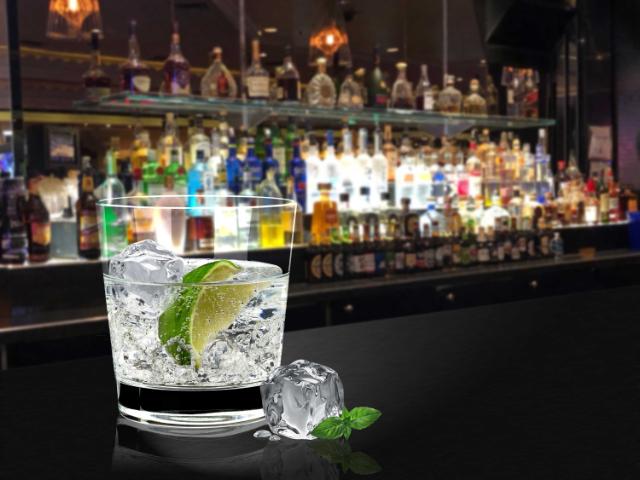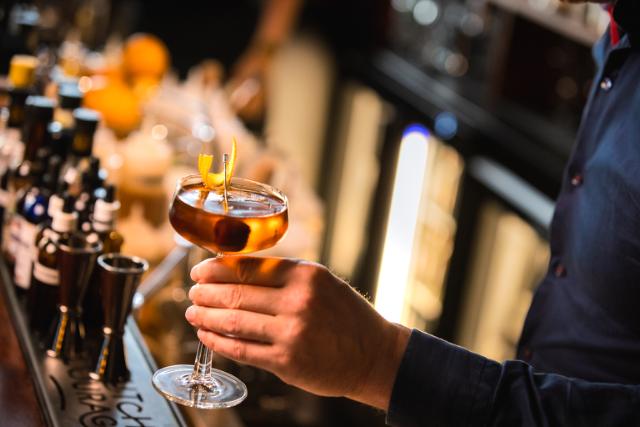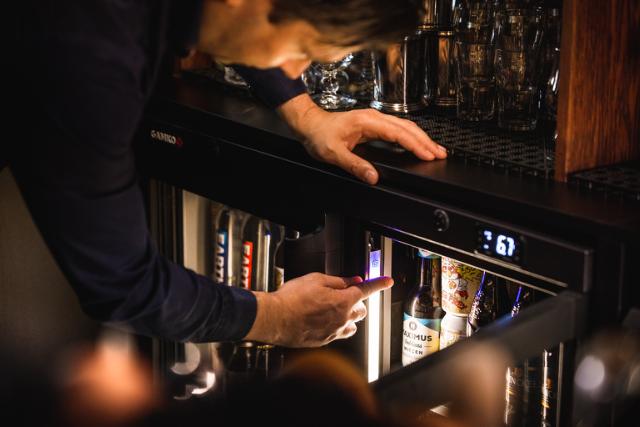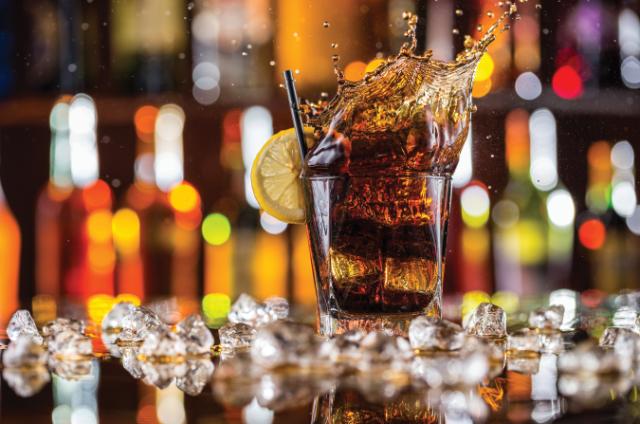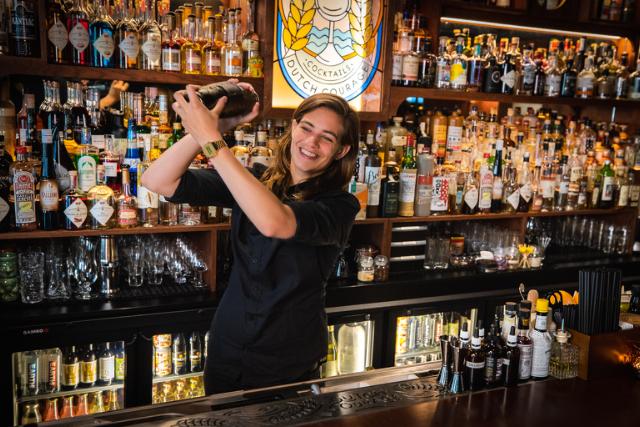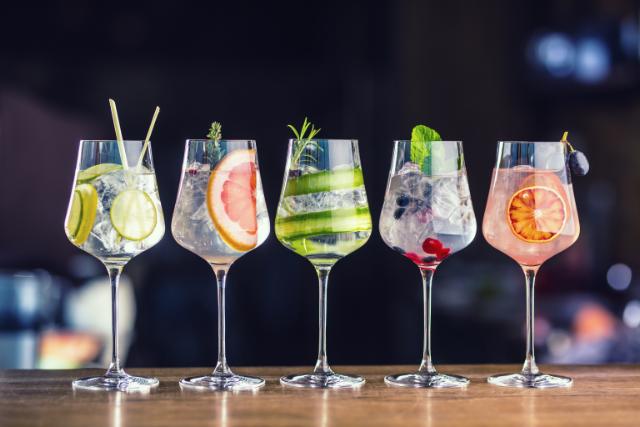"What started out as a part-time job became the title of best bartender in the world," says a proud Tess Posthumus who, together with partner Timo, opened Flying Dutchmen Cocktails in Amsterdam. "My part-time job proved to be my passion and completely took over my ambitions." After many years of experience, Tess continues to thrive in a busy bar environment and is known for keeping her cool under pressure at all times.
In this final instalment of Tess’s expert opinion features, she focuses on the intricacies of the profession: the preparation and maintenance of equipment.

